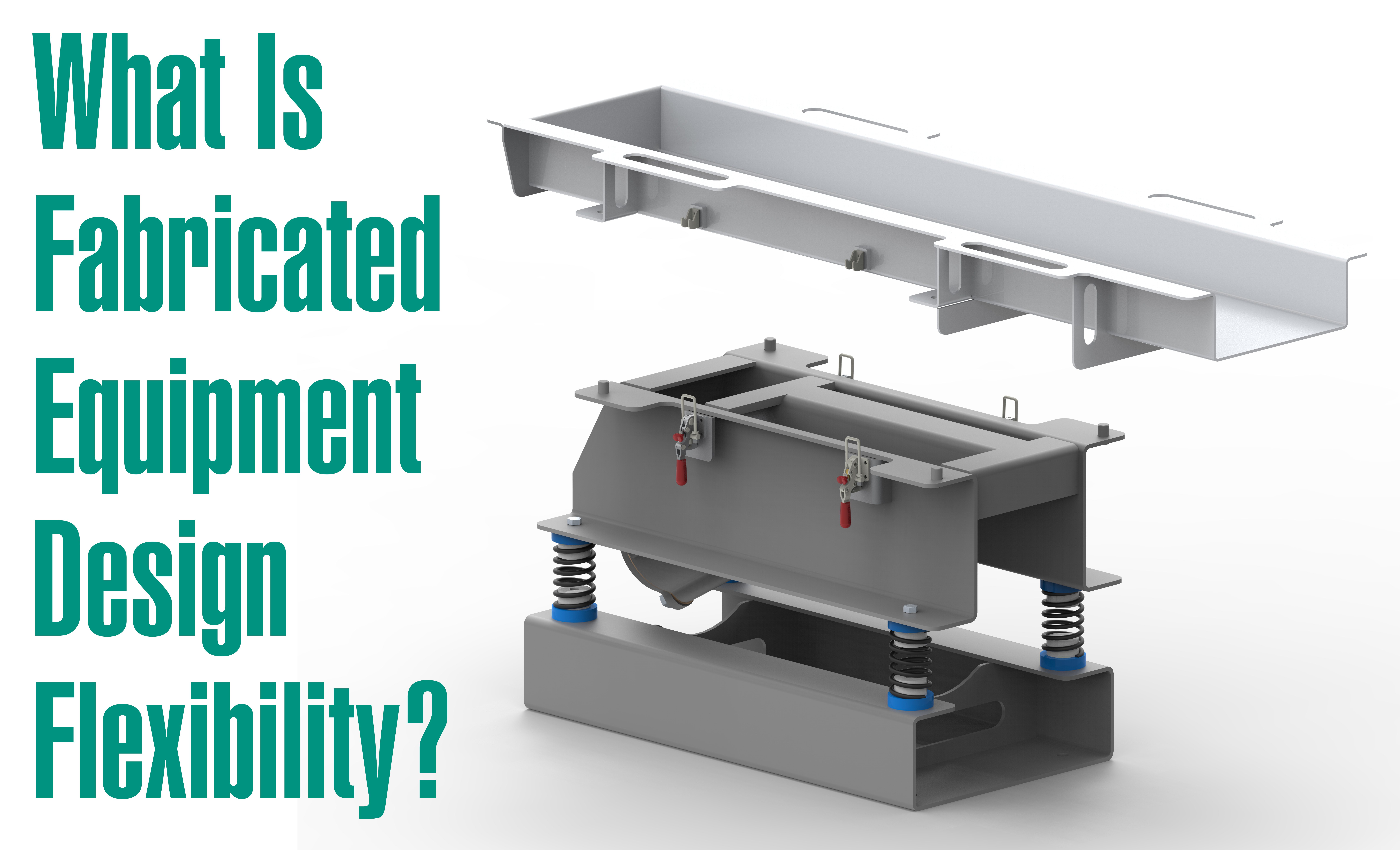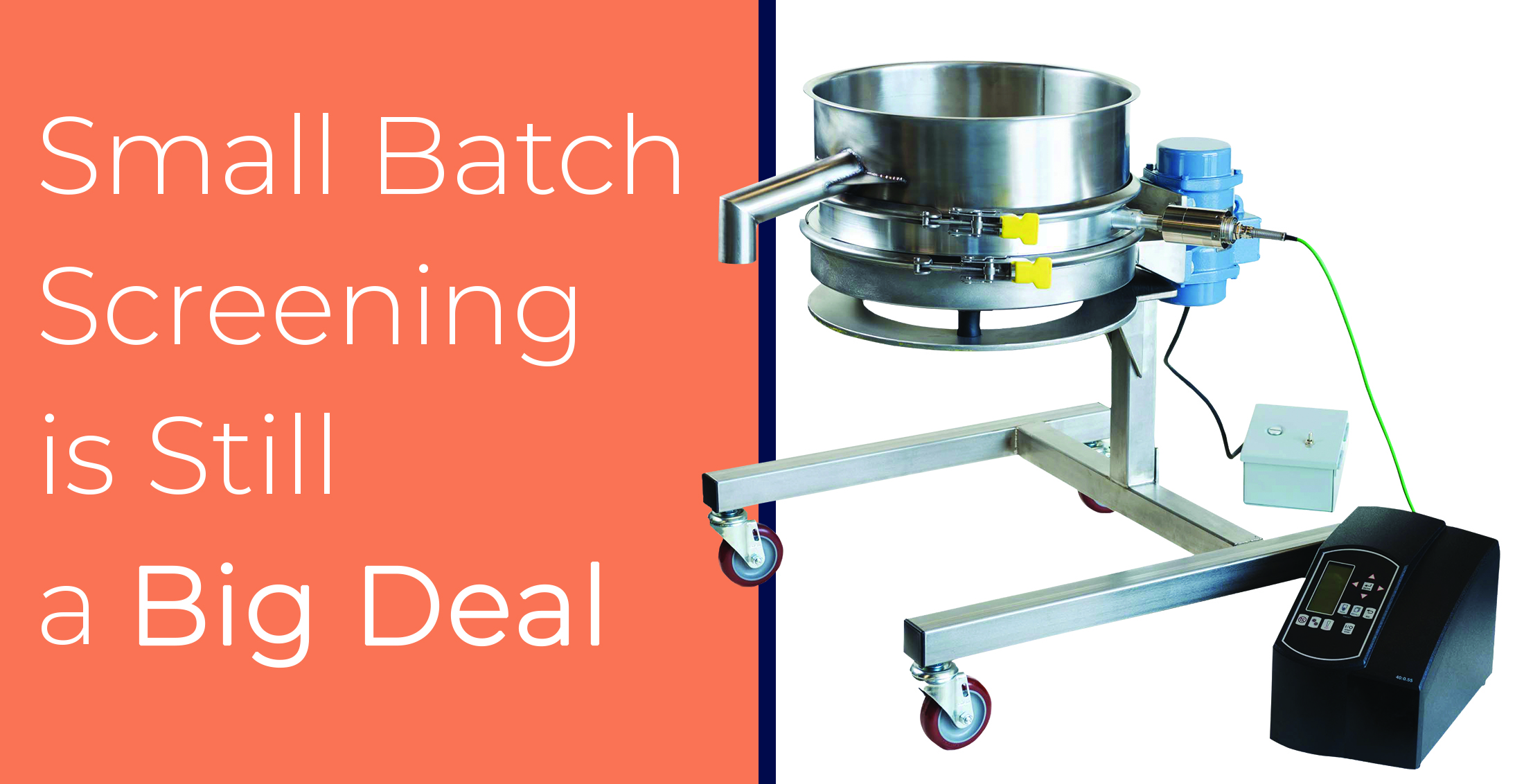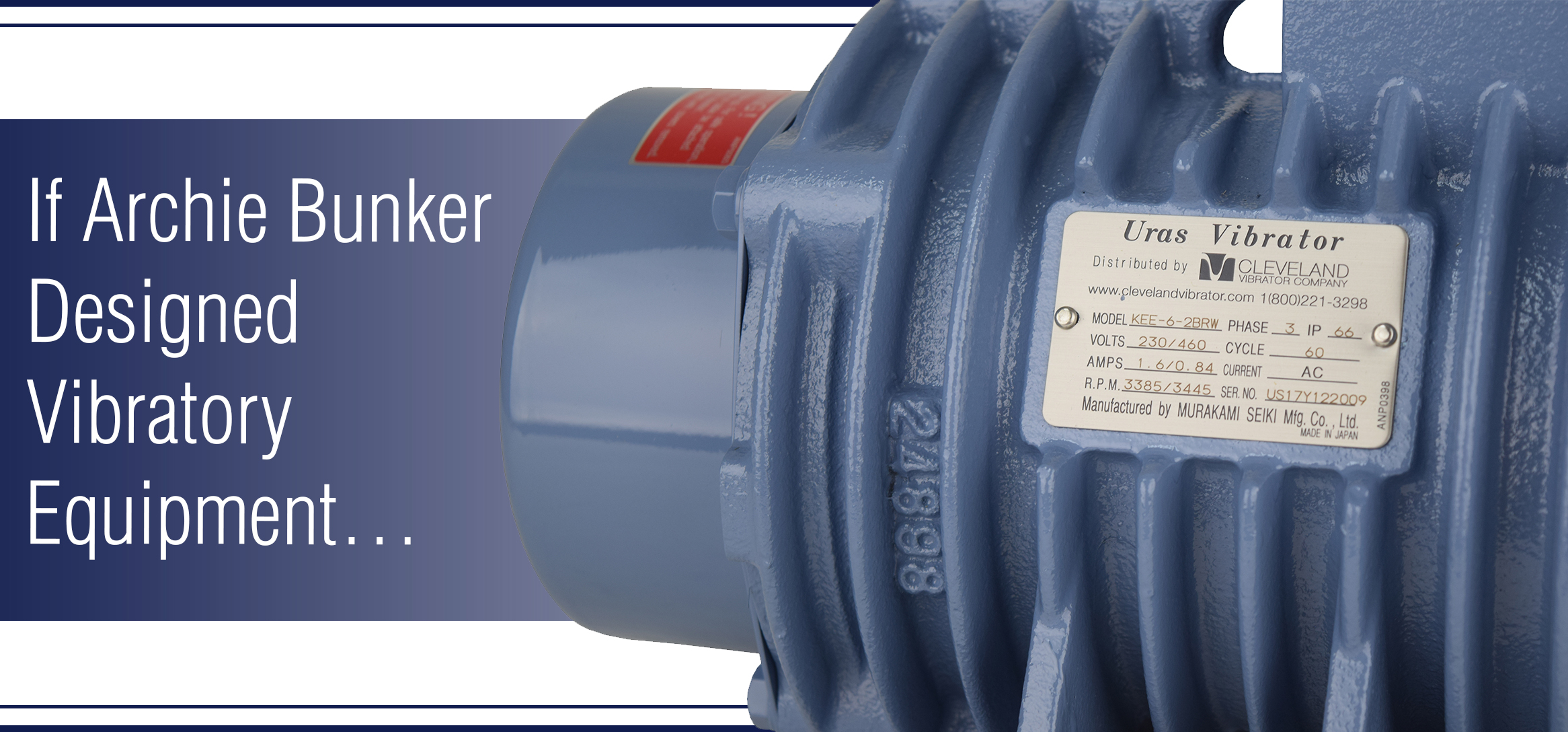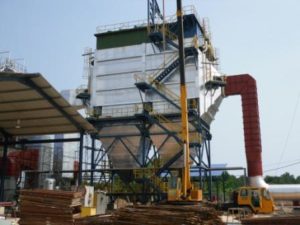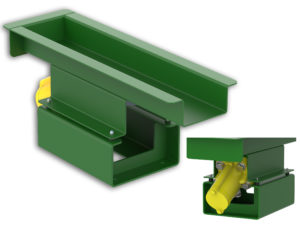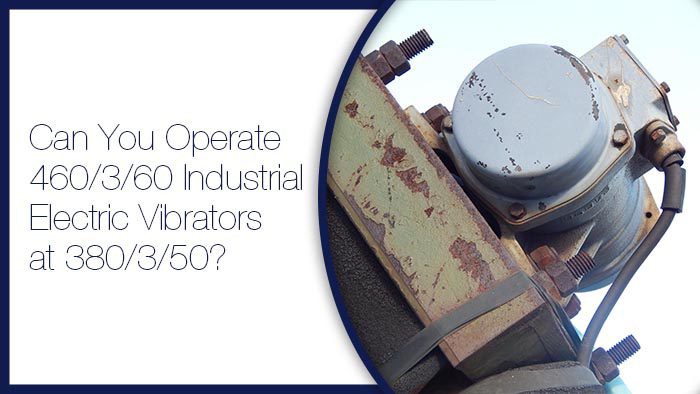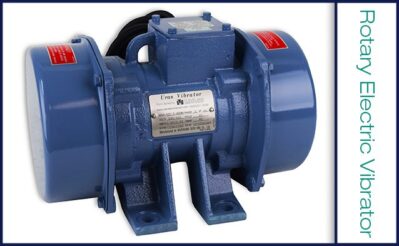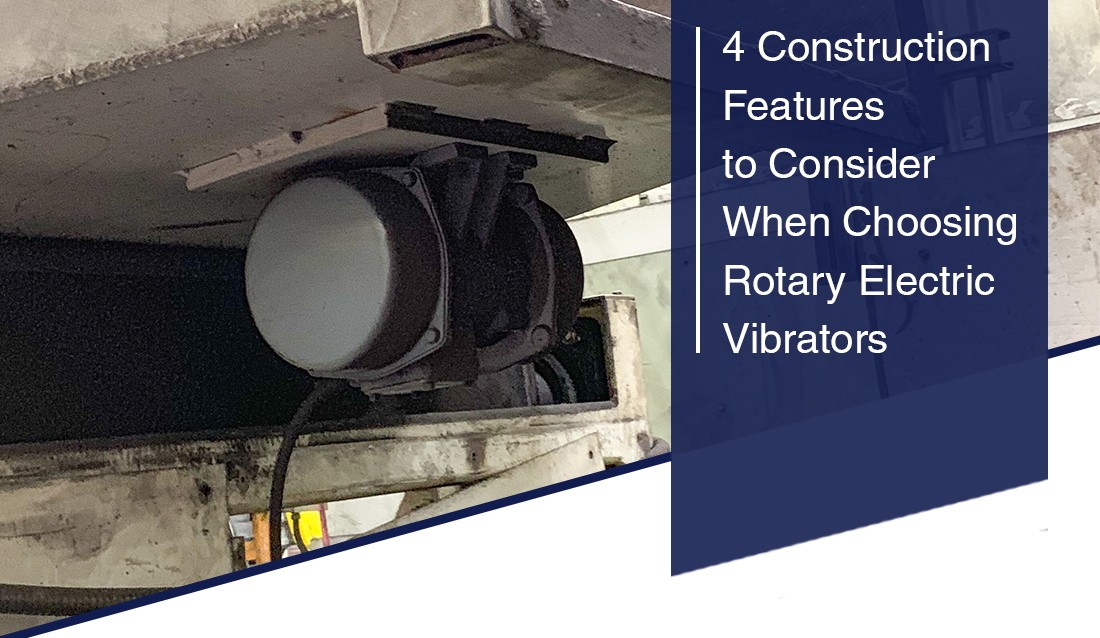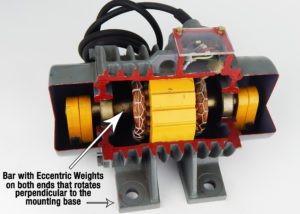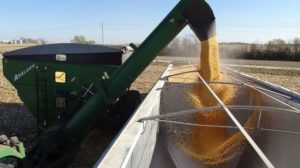Many times, a customer’s problem with product throughput can be solved with some simple solutions. I am not going to discuss screener ball decks, screen rings, or ultrasonic sieving but rather some simple solutions for those applications where the powder wants to sieve but is just not going through the screen! First, let’s discuss on size sieving.
What is On Size Sieving?
On Size Sieving is a problem that occurs when the actual particle that should pass through your sieve or screen is just a hair too big or too small for the screen you’re using.
For example, the lab indicates that your sieve analysis shows 70% of your powder is passing through a 53-micron sieve (270 mesh), but you can only achieve 45% passing through the 270 mesh in production.
Read More…Share this blog post:



